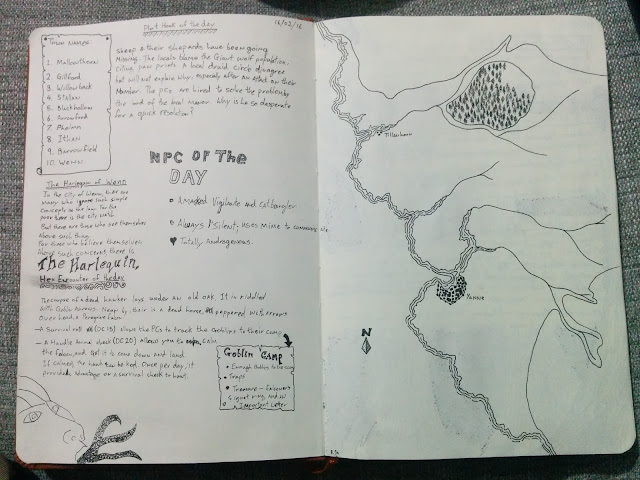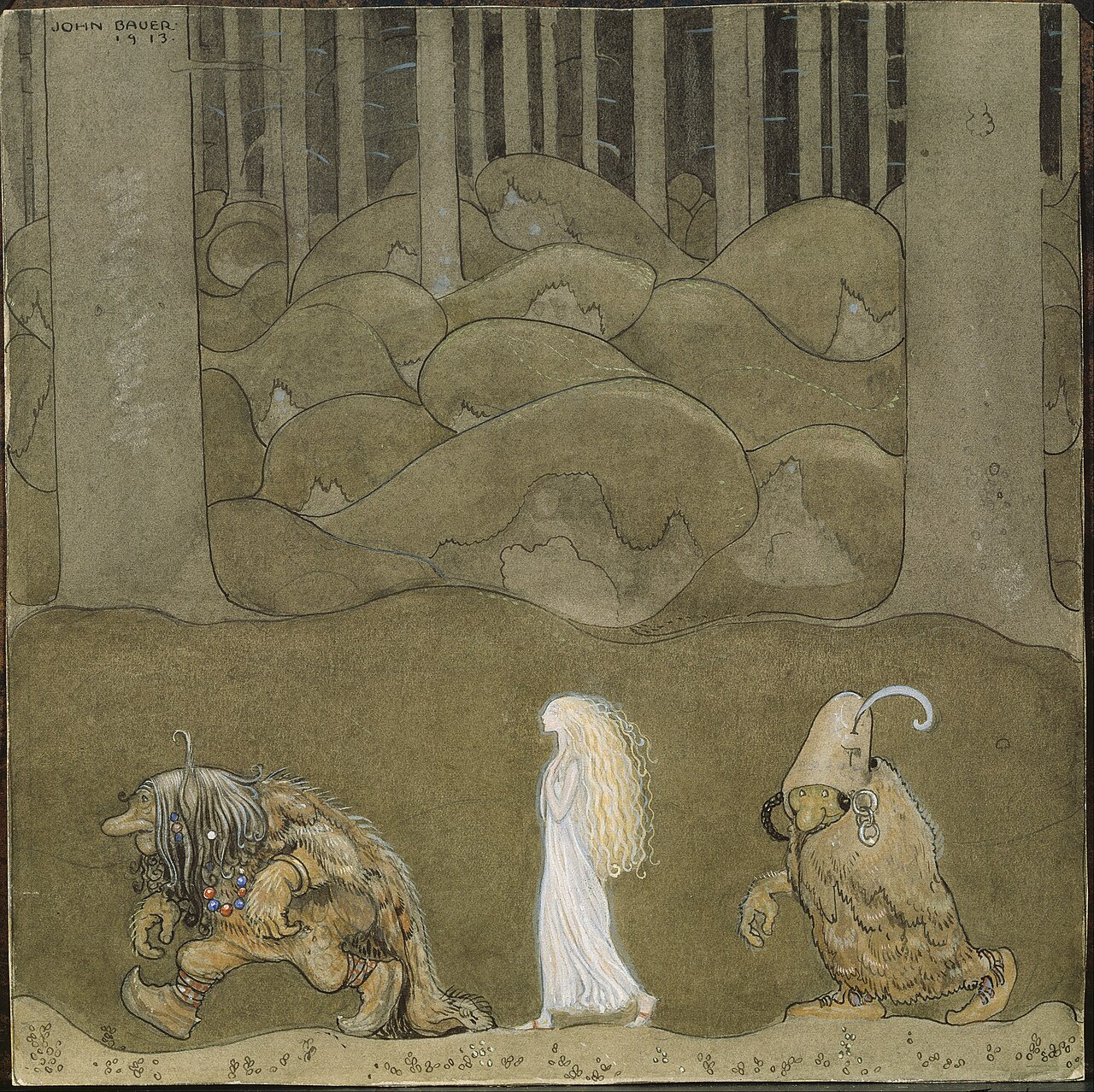When the people of the borderland speak of Dwarves, they think of the The Dwah of Tir Varnrag. They are creatures of myth and legend, peerless smiths. Tireless miners, greatest artificers of any world, but cursed by their fey nature too.
So meeting one of the creatures who on occasion walk the physical world referring to themselves as dwarves, comes as a shock to most. For legends are not meant to walk the land, nor should they insist on doing so, should they so thoroughly confound the tales that are told of them.
But every so often, that is exactly what happens.
Every so often, a handful of short but tough creatures with the look of the fey emerge into the world. They travel widely, have adventures, learn all manner of things, for a hundred years or more. Then, as suddenly as they appeared, they disappear back into the Fey Realm.
They describe themselves as the sons or daughters of Tir Varnrag, but the importance of this statement is lost on humans. For The Dwah are not born, nor do they breed as man would know it. Rather they spring full made from the stuff of the feyrealm, and disappear just as quickly if no one is paying attention. Understanding why the Dwarves call themselves the children of Tir Varnrag is the secret to their existence.
Born from frustration.
The Dwah are the greatest of all artisans, no other hand can craft so finely as theirs. Their work is perfect and none may claim it is other wise. But they are cursed, for while their work can be surpassed by no other, in terms of quality, even the lowliest child can surpass them in creativity. The Dwah are entirely incapable of creative thought or invention, it is simply not part of their nature. They do not learn, and cannot innovate in anyway, rather, if the knowledge of how a thing is crafted, exists as a schema, within the the book of iron, at the heart of Tir Varnrag, they simply know how it is done, and they can produce it, in its most perfect form.
This truth is a large part of why it is that the Dwah are always gruff and angry, for their failure is well known to them. Every so often, when confronted with something new, the Dwah, must confront their inability in a very personal and intimate manner. As attempt after attempt fails, they find themselves growing angrier and angrier. Eventually, they will start to hammer at some part of their own being, usually a hand or a foot, and they beat it and beat it, until it is useless. That achieved, they cut it of, and beat it some more. Though they do not intend it, they shape that flesh into a new born baby. This new child, is a dwarve, and such creatures are usually raised by members of other fey races until they are old enough to hold a hammer. The Dwah being ageless artisans who come into existence as ancient and grumpy have little understanding of children, and will as soon as the child appears able to hold a tool, try to put them to work. It is at this stage that the Dwah discover the most horrifying thing about their children. The new born dwarf does no know how to perform any craft, let along anything else. To the Dwah, this is unthinkable and a source of great shame.
It is for this reason that the children are called Dwarves, for it is a term that in the tongue of Tir Varnrag means "poorly formed". Despite this, Dwarves are blessed in ways their parents are not, for they can learn and innovate.
They often feel the call of adventure strongly, and enter the physical world, to their learn and experience new things. Over the course of the next hundred to two hundred years, they learn new things and engage in much excitement, before returning home, and their forge all the new techniques they have learned in iron, adding them to the sacred book.
Before you go, check out todays world building blog on the
progess with the town of Mistley




























